Value is one of the most commonly misunderstood concepts in photography. What exactly is value, and how does it apply to your photos? In this article, we will discuss what value is and how you can use it to create more impactful images. We’ll also cover some common questions and misconceptions about value in photography. By the end of this guide, you’ll have a better understanding of what value means and how to put it to work for you!
The Value in Photography
When it comes to shooting photographs, value is a tricky concept to define, although it’s critical to understand. In general, it refers to the lightness or darkness of a color and its shade or tint. The perceived size of an object and how it contrasts with its surroundings may also be affected by value.
In terms of photography, value refers to the brightness or dullness of a subject. In order to understand value, it’s important to think about the tonal range of an image. The tonal range is the difference between the darkest areas of an image and the lightest areas or objects. An image with a wide tonal range will have both very dark and very light areas. A narrow tonal range, on the other hand, will have more mid-tone values.
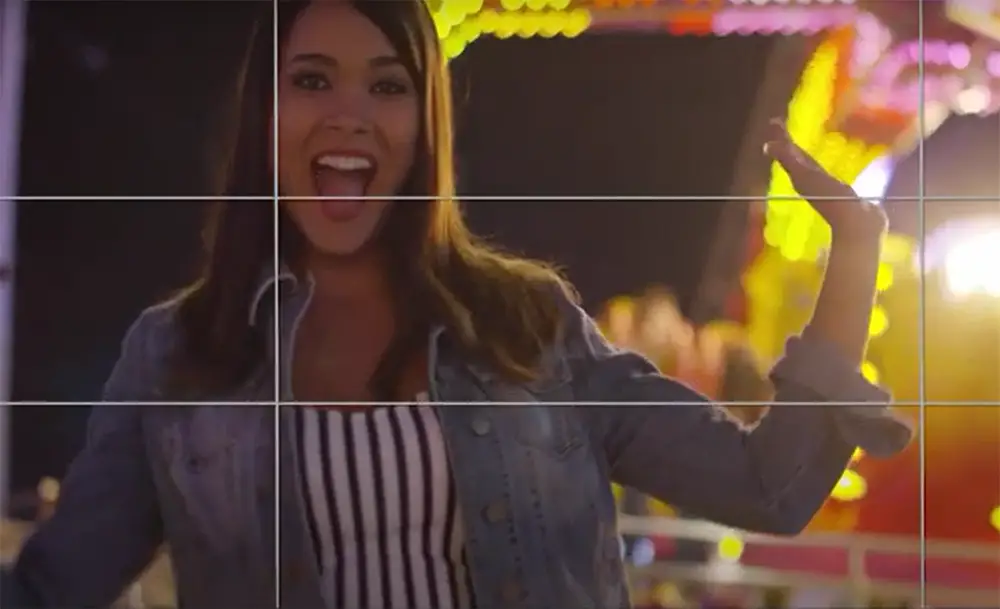
When taking photos, it’s important to consider the contrast in your shots. A high-contrast picture will generally have more visual appeal than a low-contrast photo does. This implies that including both bright and dark areas in your shot may help to create a more dynamic picture.
The look you’re going for will determine the way you employ value in your pictures. You’ll need to utilize a wider range of values if you want a high-contrast image. This will result in a photo with more distinct contrasts between light and dark areas.
But why is value important? Value is one of the elements of design that can help you create balance in your photos. It can also be used to direct the viewer’s eye to a particular area of an image. And, by understanding how value works, you can start to control the overall mood of your photos. [1], [2], [3], [4]
We will get into depth about how value matters later, first we need to talk more about the zone system. This will help you understand how to measure and control light, which is essential for getting the right value in your photos.
Zone System and Its Definition
The Zone System is a method for determining the ideal exposure and development of film to get excellent results. It was created in the 1930s by Ansel Adams and Fred Archer, who invented a method to assist photographers determine how various grays would print on paper without having to guess it. Zone system is a way of dividing up the tones in an image from black to white. It’s helpful because it allows you to break down the various shades of gray that exist between these two extremes.
The zone system is made up of 11 zones, with zone 0 being absolute black and zone X being pure white. Each zone corresponds to a specific brightness level. Most scenes will have a mixture of all these different zones, but some may be more emphasized than others.
Zone 0: Absolute Black with no details;
Zone I: Extremely Dark tone with a little bit of tone visible;
Zone II: Black with some textures and detail visible;
Zone III: Average dark but now more texture can be seen;
Zone IV: Somewhat dark/medium toned. Indicates dark foliage and stone, or landscape shadows;
Zone V: Medium toned. Dark skin and weathered wood;
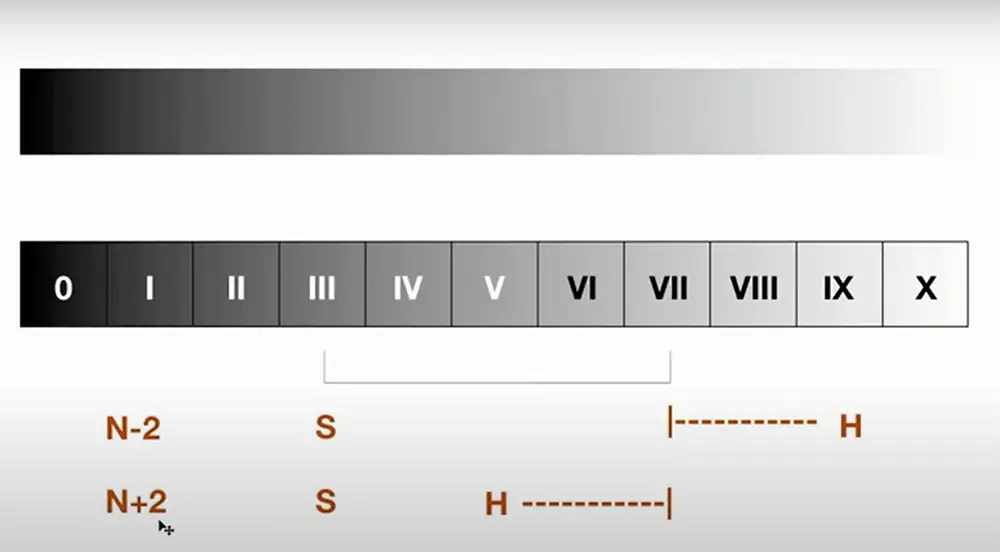
Zone VI: Somewhat light/medium toned. Default Caucasian skin, shadows on snow surface in meak sunlight;
Zone VII: Light. Indicates very light skin and shadows on snow under sunlight;
Zone VIII: Very light. Textures on snow can be seen;
Zone IX: Extremely light. Glaring white surfaces, white without any textures;
Zone X: Absolute white with no detail.
How to use the Zone System
Now that you understand what the zone system is and how it works, let’s talk about how you can use it to improve your photography. The first step is to learn how to see light and shadow in terms of zones. This will take some practice, but it’s important to be able to visualize the different levels of gray in a scene.
Once you’re able to do this, you can start thinking about how you want to meter for a particular photo. As we mentioned earlier, the goal is usually to find a balance between the light and dark areas of an image to achieve the desired result you have in mind.
Even though using a handheld light meter (known as a gray card) is now impractical, the Zone System is still relevant to this day as the relationship between the color, hue, texture, tint and shade hasn’t changed. In the digital world, you have a bit more flexibility when it comes to exposure. This is because you can always adjust the levels in post-processing. However, it’s still important to get it right in camera if you can, and it works by trying to focus on the highlights of the scene. This will give you the best results and save you time in editing later on.
Exposure to the Right function (ETTR) is a digital photography technique that helps you achieve the perfect exposure by overexposing the image slightly. This is especially useful in high-contrast situations where you want to make sure all the details are captured. Keep in mind that ETTR will only work if your camera has good dynamic range. After using ETTR, it’s important to edit your images later to achieve the desired result. Exposure Adjustment is also a useful feature that will require its own article.
Of course, there will be times when you want to intentionally create an unbalanced image. In these cases, you would simply meter for the area of the scene that you want to be most exposed. In the end, it all depends on your personal goals!
So this concludes everything you need to know about the zone system, now let’s talk about how value influences your photography and why it is so important.
Why is Value Important?
It can be used to add depth to your photos
Value is important in photography because it can be used to add depth to your photo. By using a range of values, you can create the illusion of depth and make your photo appear more three-dimensional.
Depth is especially important in landscape photography, as it can help give your photos a sense of scale and grandeur. In portraits, meanwhile, value can be used to create a sense of intimacy or drama. [7]
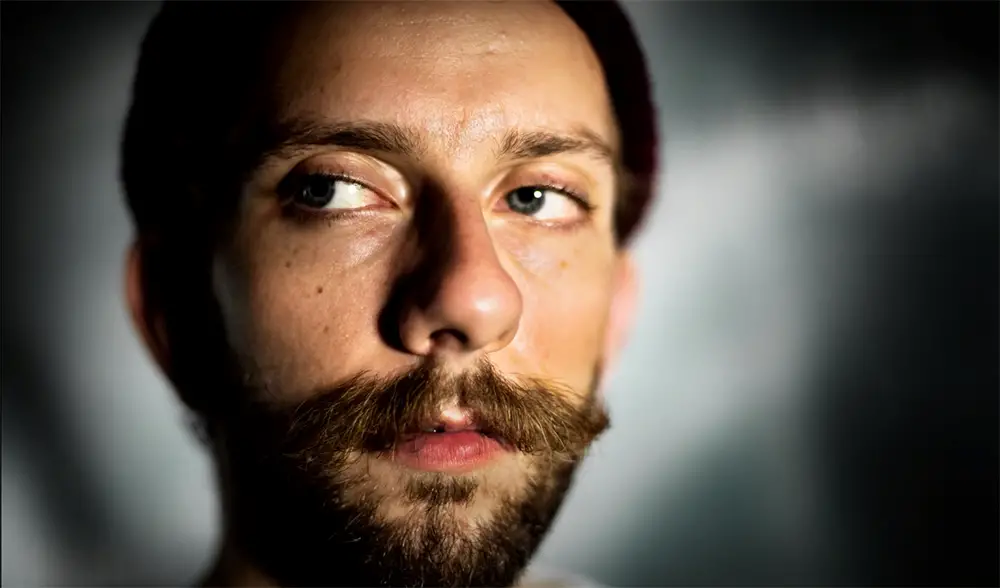
It creates hierarchy and emphasis
Value also helps you to create a sense of hierarchy and emphasis in your photos and this only adds to its importance. By carefully placing different values throughout an image, you can control where the viewer’s eye goes.
For example, let’s say you’re taking a photo of a person standing in front of a bright window. You can use value to make the person the center of attention by making them the lightest object in the photo. Conversely, you could make the person darker and the background brighter to create a more ethereal look. [1], [7]
It adds a heavy feel
In addition, value also plays an important role in the atmosphere of a photo. Darker values tend to create a heavier feel, while lighter values can make a photo feel airy and light. This is why value is often used to convey different moods in photography.
For example, if you want to create a feeling of dread or foreboding, you would use mostly dark values. On the other hand, if you want to capture the feeling of a sunny day at the beach, you would use mostly light values.
Dramatic feeling can also be achieved by playing with value contrast. High contrast photos (those with a big difference between the lightest and darkest values) tend to feel more intense, while low contrast photos have a softer feel. [4]
How do you take high value photos?
Now that you know why value is important, you’re probably wondering how you can take high value photos.
First of all, understand the Zone System technique we mentioned earlier. The way you will get a better understanding of how the light, tone and contrast work together. It’s also important to pay attention to the highlights and shadows in your scene and see how you can manipulate them using different techniques.

Once you have a good understanding of how the light works in your photo, it’s time to start to try out different shutter speeds, apertures and ISO settings to get the best results. You can always take several different photos at different exposure settings and then compare them to see which one looks best. Remember, practice makes perfect! The more you experiment, the better you will become at understanding value in photography.
One way to increase value in your photos is by using lighting. You can experiment with different light sources to create different effects. For example, backlighting can create a beautiful halo effect around your subject. Side lighting can create dramatic shadows that add depth and dimension to your photos. And front lighting can give your subject a warm and inviting glow.
Desired value can also be achieved by playing with colors. You can use color to create contrast and add visual interest to your photos. For example, you can use a bright color against a dark background to make your subject pop. Or you can use complementary colors (colors that are opposite each other on the color wheel) to create a striking effect.
You can also add value to your photos by trying out various textures. Texture can add depth and dimension to your photos, as well as visual interest. For example, you can use a rough texture like sandpaper to give your photo a rustic feel. Or you can use a smooth texture like silk to give your photo an elegant look.
When it comes to post-processing, there are many ways to adjust the value of your photograph. In general, you will want to avoid over-exposing or under-exposing your image. These extremes can often wash out the colors and details in your photo. Instead, try to find a balance that brings out the best in your image.
Also, even if you make a mistake in calculating value while taking a photo, you can always adjust it later during post-processing. This is one of the great advantages of digital photography! So don’t be afraid to experiment and see what works best for you.
Finally, keep in mind that value is often subjective. What you consider to be a valuable photograph may not be seen as such by others. However, if you are true to your vision and take the time to create images that you are proud of, then chances are good that others will appreciate your work as well. [5], [6], [7]
Read more articles to learn photography:
- Using Directional Lighting Guide
- Male Boudoir Photography Tips
- Which is More Accurate – Mirror or Photo?
FAQ
How do you take high value photos?
The answer to this question is quite simple: find something that you think is valuable and photograph it! However, there are a few things to keep in mind when doing this. First, make sure that your subject is well-lit. Second, try to get a variety of shots from different angles. And third, play with lightning!
To increase the value in your photos, look for ways to increase the contrast. This can be done by using a flash, or by editing your photos in post-processing. High contrast photos tend to be more eye-catching and therefore more valuable.
What is an example of value in photography?
In a nutshell, value is the lightness or darkness of a color. When we talk about value in photography, we’re usually referring to the values of black, white, and all the shades of gray in between.
Why is value important in photography?
Value is important in photography because it helps create depth and contrast. The human eye is naturally drawn to contrast, which is why value is an important element in making a photo visually appealing. By understanding how to use value, you can make your photos more visually interesting and add emotional impact.
What is value color in photography?
The hue, value, and intensity of a color are known as its colors. We use it to determine if a color is light or dark. When we talk about adding value to a photograph, we’re talking about increasing the contrast of colors to make the photo more interesting. Value not only determines an image’s brightness but also its level of contrast.
In general, photography values are determined by three things:
- The subject matter
- The composition
- The lighting
The subject matter is what you’re taking a picture of – this could be a person, a landscape, or anything else. Composition is how you arrange the elements in your photo, and lighting refers to the natural or artificial light in the scene. All of these factors can affect the value of a photograph.
Value is an important element of photography, but it’s not the only thing that matters. To create truly stunning photos, you’ll need to experiment with all of the different elements of composition and lighting to find what works best for your subject matter. But don’t forget – value is a great place to start!
What is value contrast in photography?
The difference in brightness between the darkest and lightest areas of an image is known as contrast. The greater the value contrast, the more pronounced the differences will be. When taking pictures of high-contrast subjects, make sure to keep both the light and dark areas in mind. Otherwise, you risk losing detail in either the bright or dark areas of your image.
The use of high contrast can be used to build drama in a photo or direct the attention of the viewer to a specific portion of interest. In general, higher value contrasts tend to be more striking and eye-catching than lower value contrasts. However, there’s no hard and fast rule about this – ultimately, it’s up to you as the photographer to decide what level of value contrast is appropriate for your subject and your aesthetic goals.
If you’re new to photography, or if you’re not sure how to achieve the level of value contrast you want in your images, experiment with different techniques and see what works best for you. There’s no right or wrong way to do it – ultimately, it’s all about finding the approach that produces the results you’re looking for.
Is value and contrast the same thing?
In photography, value is the measure of lightness or darkness of a particular area. Value can also be referred to as tones or shades. Contrast is the difference in value between two areas. The contrast in an image is the difference between light and dark areas, expressed as a percentage. A high contrast picture has a wider range of values than a low contrast photo. The human eye is more sensitive to contrast than it is to value, which is why we often perceive high contrast images as being “brighter” than low contrast images, even though they may have the same overall brightness.
Value is an important element in photography because it helps create depth and dimensionality. By placing dark values next to light values, you can create the illusion of three-dimensional space on a two-dimensional surface. High contrast images tend to be more dynamic and exciting, while low contrast images can be more calming and serene.
How do you make a value contrast?
Value contrast in photography is the range of light and dark tones. A high-contrast image has more included tones than a low-contrast image.
The use of light-dark contrast can provide a sense of depth, drama, or even simply aesthetic appeal. In general, higher contrast images are more striking and attention-grabbing than lower contrast images.
You can create value contrast in images through various means, such as by using different light settings, picking subjects with a diverse range of tones, or editing the image to heighten the contrast.
One way to increase value contrast is to use backlighting. Backlighting is when the light source is behind the subject, and it can create some really interesting effects. By using backlighting, you can make the subject stand out from the background and create a high-contrast image.
You can also use shadows to create value contrast. Shadows are created when there is an object between the light source and the subject. The shadow will be darker than the area around it, which creates a contrast.
Reflective surfaces can also be used to create value contrast. If you shoot into a puddle of water, for example, you’ll see a reflection of the sky. The reflection will be lighter than the water itself, which creates a value contrast.
Is white a value or a color?
Value is the term used in photography to refer to how light or dark a given tone is. Values can be thought of as a continuum, with white being at one extreme and black being at the other. In between these two extremes are various shades of gray, which can be light, medium, or dark.
Values are important in photography because they help create a sense of depth and dimensionality in an image. They also play a role in creating mood and atmosphere. For example, images that have dark values tend to be more somber and moody, while those with lighter values are typically more upbeat and cheerful.
Is black a color or value?
In photography, value is the measure of lightness or darkness in a color. Value is important in creating the illusion of form, space, and light in a photograph. The human eye perceives value as brightness. A black object absorbs all the light that strikes it and reflects none of it back to the viewer’s eye. The white object does the opposite; it reflects all the light that strikes it. Values range from black (0% reflectance) to white (100% reflectance). All other colors fall somewhere in between these extremes on the gray scale.
What is the relationship between value and color?
Value is the lightness or darkness of a color. It is determined by the amount of white or black in a color. The more white, the lighter the value; the more black, the darker the value. Value is important in photography because it helps to create depth and dimensionality. Lighter values appear to be closer to the viewer than darker values.
Color has three properties: hue, saturation, and value. Of these, value is often considered to be the most important when creating photographs. This is because value can help to create a sense of depth and dimensionality within an image. When combined with other elements such as line and shape, it can also help to create a sense of movement or rhythm within an image.
Is value the same as brightness?
No, value is different from brightness. Value is the lightness or darkness of a color. It’s how light or dark a tone is. Brightness has to do with the amount of light reflecting off of an object. So, when you’re talking about photography, value would be how light or dark a subject appears in an image, while brightness would be how much light is hitting the camera sensor. Value can affect the mood of a photograph and how we perceive it. A high-value image will appear lighter overall, while a low-value image will appear darker. When we see an image with high values, we might interpret it as being happy or optimistic whereas a low-value image might be seen as more mysterious or even ominous.
Value is important in photography because it can help create depth and contrast. It can also make an image more striking or eye-catching. If you want your photo to have impact, pay attention to the values within it. By carefully controlling the lightness and darkness of tones, you can craft an image that will really stand out. So, next time you’re behind the camera, think about the value of what you’re photographing!
Useful Video: Exposure Value Explained
Conclusion
So, why is value so important in photography? Simply put, value is the lightness or darkness of a color in a photograph. It can be used to create depth and drama in your photos, and it’s an important part of photography that you should understand. By understanding how to measure value with the zone system, playing with contrast and using different values in your photos, you can create a hierarchy of importance and emphasize certain elements over others. When it comes to photography, adding just a touch of value can make all the difference.
References:
- https://www.nytimes.com/2018/01/03/learning/lesson-plans/analyzing-the-elements-of-art-four-ways-to-think-about-value.html
- https://nesop.com/what-is-value-in-photography/
- https://www.picturecorrect.com/tips/understanding-exposure-value-in-photography/
- https://guymanningphotography.wordpress.com/2012/03/04/elements-of-design-value-and-texture/
- https://photographycourse.net/how-to-use-the-zone-system/#What_is_the_Zone_System
- https://fstoppers.com/education/how-use-ansel-adams-zone-system-digital-world-417047
- https://newbornposing.com/value-elements-of-art-photography/





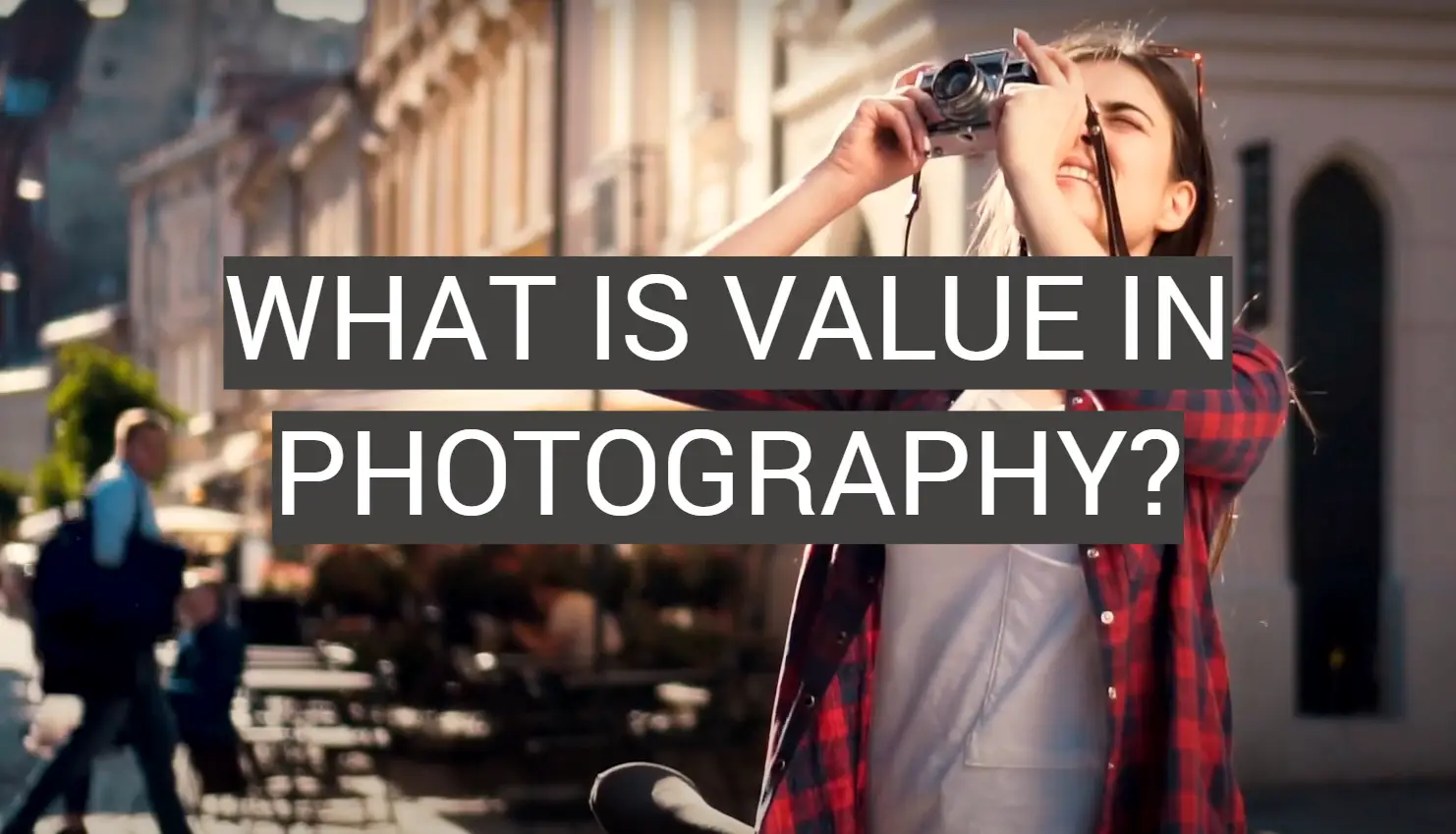
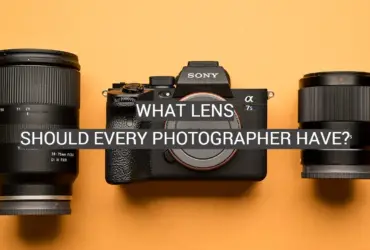



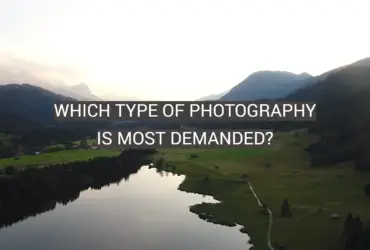
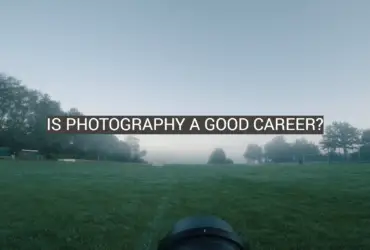
Leave a Reply